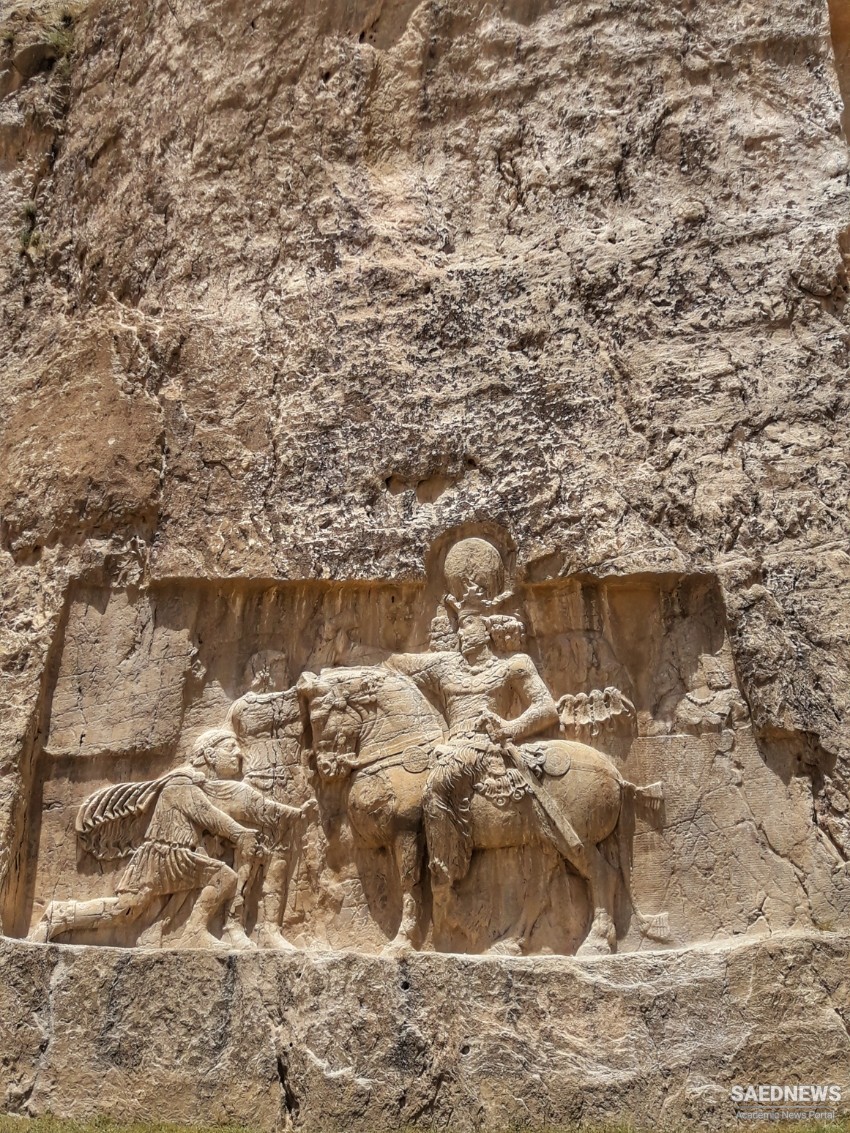During more than four years of preparations, the Persians demonstrated their prowess in logistics and engineering. Agents sent out by Xerxes ensured that the lands on the route of march would have suffi cient stocks of food and provender for the army. To avoid a recurrence of the disaster that befell Darius’s first invasion fleet, Xerxes had his engineers dig a canal across the isthmus behind Mount Athos. The canal was wide enough for two triremes to pass abreast while rowing. To ensure that Persian lines of communication were adequate for the mission, Xerxes’ engineers improved many of the roads in Asia Minor and constructed a road in Thrace that was regarded with wonderment a generation later. The Persians repaired many of the bridges built during earlier expeditions and famously constructed two solid boat bridges linked by strong flax and papyrus cables across the Hellespont. One was for the fi ghting men and the other for the baggage train, and each reportedly was built with sections that opened to allow ships to pass up the strait. The Persians easily could have ferried their forces across the waterway, but the bridges were a strong statement of will and capability.


 Greco-Persian Wars: Early Mobilization of Military Technologies in Ancient Persia
Greco-Persian Wars: Early Mobilization of Military Technologies in Ancient Persia














































